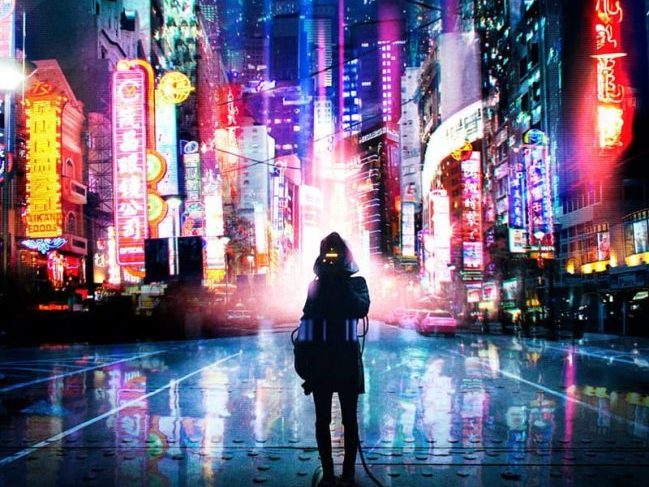
If Blade Runner (1982) is considered the quintessential cyberpunk film, then Neuromancer by William Gibson is the quintessential cyberpunk novel! In the reigns of the cyberpunk genre, these two works illustrate the ways in which the use of futuristic gadgets, the creation of artificial intelligence(AI) and complex characters juxtaposed with social dystopia not only define the cyberpunk genre but grapple with profound questions about the nature of what it truly means to be human.
Blade Runner (1982) and Neuromancer both seemingly focus on the similar theme of what it means to be human. In Blade Runner, the use of Replicants, human-like artificial beings created to serve for slave labor in a variety of roles, are used as a vessel for the film to explore what it truly means to be human. The replicants in the film grapple with the dilemma of trying to figure out their own sense of identity and autonomy. An example of this being how one of the replicants, Roy Batty, the leader of a renegade replicant group that hijacked a shuttle and traveled to Earth, sought out trying to extend his lifespan beyond the replicant four year limit. Batty’s quest for a longer life symbolizes a deeper search for his purpose and showcases self-determination, which is a human trait even though he’s an artificial being. What ultimately drives the point home is toward the ending of the film as Batty is about to die, Batty’s final monologue where he reflects on his own experiences and mortality, serves as an evoking moment that blurs the line between human and artificial life.
Meanwhile in William Gibson’s Neuromancer, the use of (AI) and cyberspace are the central elements that explore what it means to be human. For starters, the two AIs twins, Wintermute and Neuromancer, are used to interrogate the theme of identity and consciousness as it relates to being human. In the novel, Wintermute’s goal is to merge with Neuromancer to become a super AI. Wintermute is like a human brain lobe with the ability to have great thought, but has very limited function. However, if merged with Neuromancer, would be a very powerful AI. In pursuit of the goal, Wintermute turns to calculating tactics resulting in the manipulation of events and people, such as manipulating Case’s thoughts and using vessels to communicate. An example being, communicating through Case’s memories by taking on the likeness of those in them. This raises questions about the nature of AI consciousness and how far the AI would go to reach its goal. Gibson depicting Wintermute’s strong pursuit to merge with Neuromancer shows the idea that AIs could possess the same complex desires and ambitions similar to actual human beings. Now, as it pertains to cyberspace also known as “The Matrix,” it serves as an arbitrary representation of the relationships between data systems and humanity. It’s in a way what someone would call a, “consensual hallucination” that showcases a somewhat symbolic view of data and its pathways, functioning as an extended “electronic” human nervous system. To ad onto that, Case’s fusion into cyberspace changes his sense of self and reality, depicting how digital environments can ultimately reshape human identity.
To wrap up this analysis, both Blade Runner (1982) and William Gibson’s Neuromancer are quintessential to the cyberpunk genre and explore the theme of what it really means to be human. This is done through the innovative depictions of artificial beings and advanced technology while simultaneously taking the time to expand on the critical reflections of the crossing of power and personal identity as it ties into an ever rapidly yet evolving dystopian world. Blade Runner provides visuals to express this using the idea of replicants, while Neuromancer delves into the implications of AI and the subconscious fight of the human identity as it intersects with technology. Together, these two works are the key holders to the creation of the cyberpunk genre!
Published by